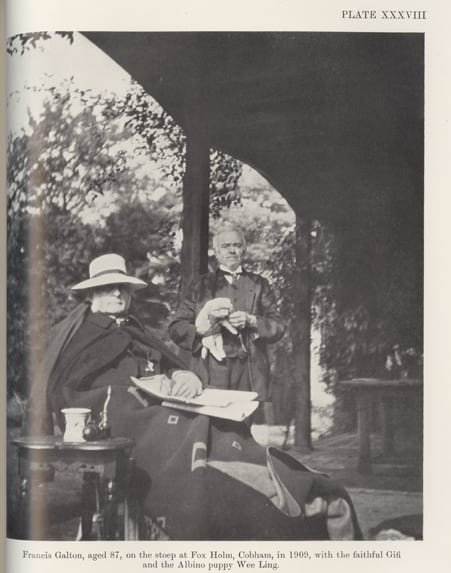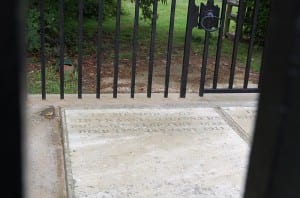Racism, eugenics and the domestication of humans
By Subhadra Das, on 25 October 2017
The Grant Museum’s current exhibition – The Museum of Ordinary Animals: The Boring Beasts that Changed the World - explores the mundane creatures in our everyday lives. Here on the blog, we will be delving into some of the stories featured in the exhibition with the UCL researchers who helped put it together.
In December 1863, the scientist Francis Galton presented a paper to the Ethnological Society entitled ‘The Domestication of Animals’. In it, he outlined six characteristics necessary for an animal to be domesticated
- Hardiness: the ability to survive despite human neglect.
- Fondness for Man…notwithstanding occasional hard usage and frequent neglect.
- Desire of comfort…a motive which strongly attached certain animals to human habitation.
- Usefulness to Man.
- Breeding freely.
- Easy to tend…by which large numbers of them can be controlled by a few herdsmen…Gregariousness is such a quality.
It is worth noting that this paper was presented not to an audience of scientists who study animal behaviour but to ethnologists – that is, scientists who study the difference between different groups of people – and that Galton’s main objective in outlining these traits was to demonstrate that domestication happened because certain species of animals were, by their inherent nature, domesticable.

Francis Galton and his albino Pekingese dog Wee-Ling, whose skull features in the exhibition. Wee Ling was the product of research into pedigree breeding by fellow eugenicist Karl Pearson.
Where a particular species does not have the traits to be brought under human control, he said, less civilised human societies, such as the reindeer herders of Lapland, are forced to live their lives to accommodate the animals in order to benefit from them. Galton gives examples from all over the world of how what he called the “rude races” had successfully brought animals under their control as pets, sacred animals and in zoos. In other words, it is easy to domesticate animals — even ‘savages’ can do it. (more…)
 Close
Close



